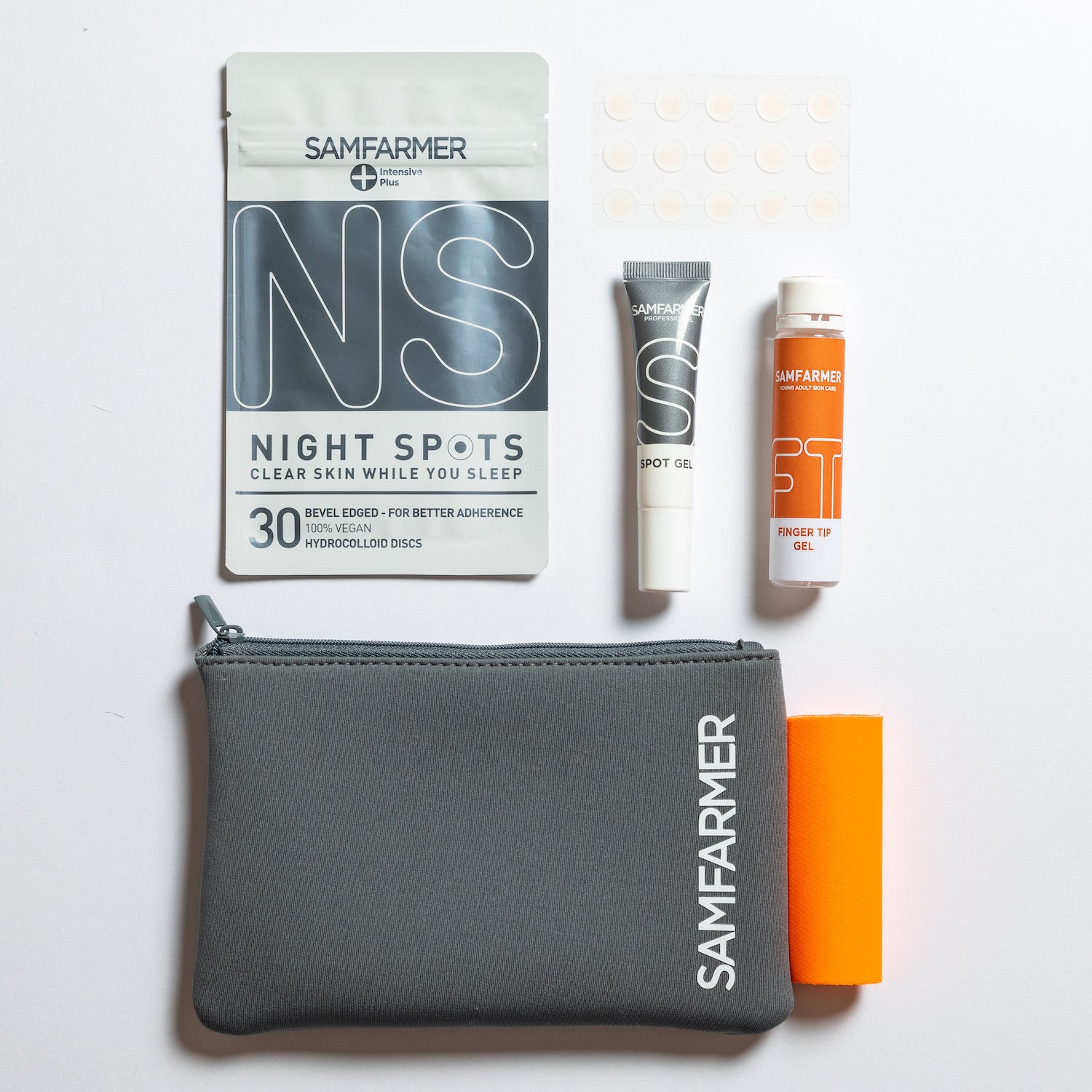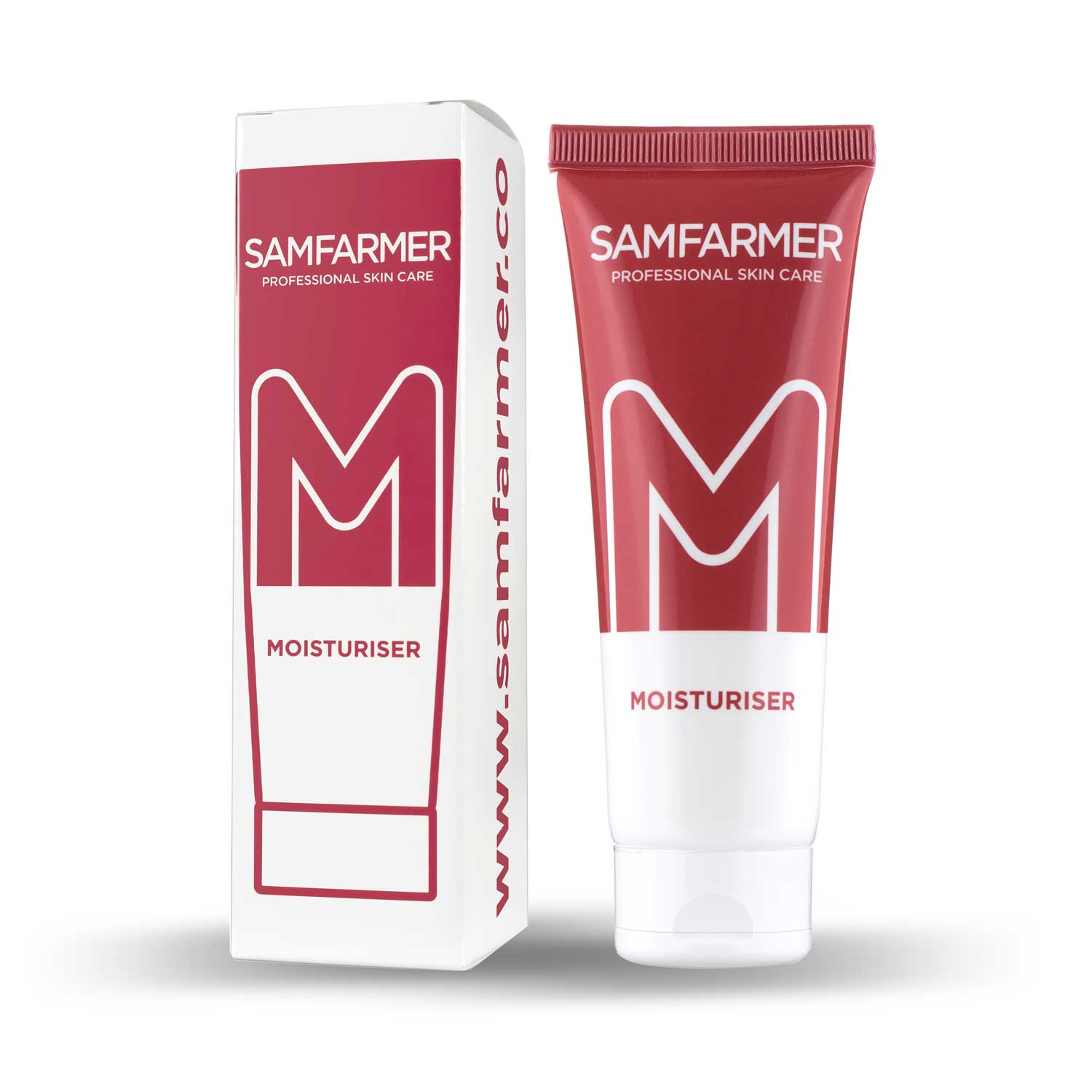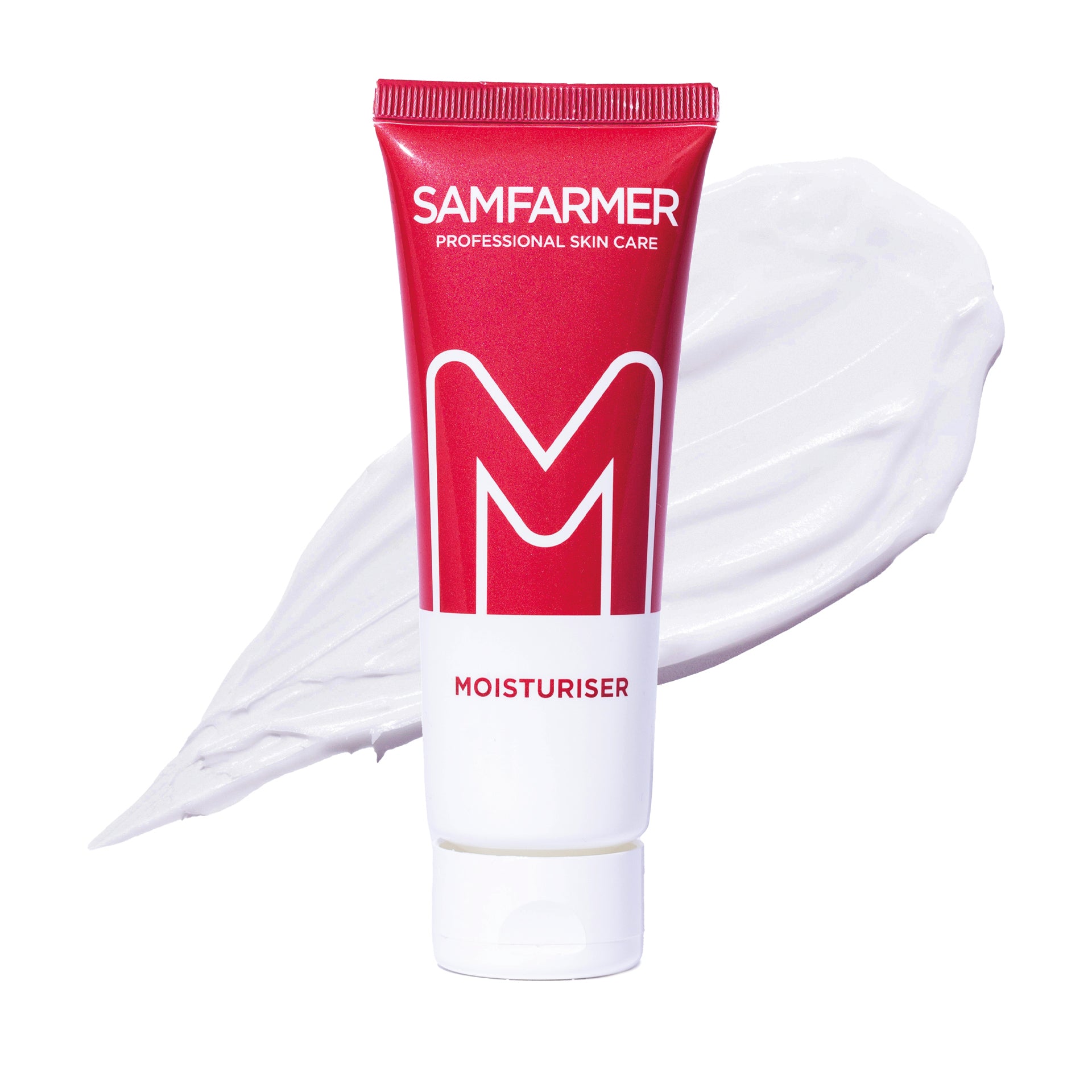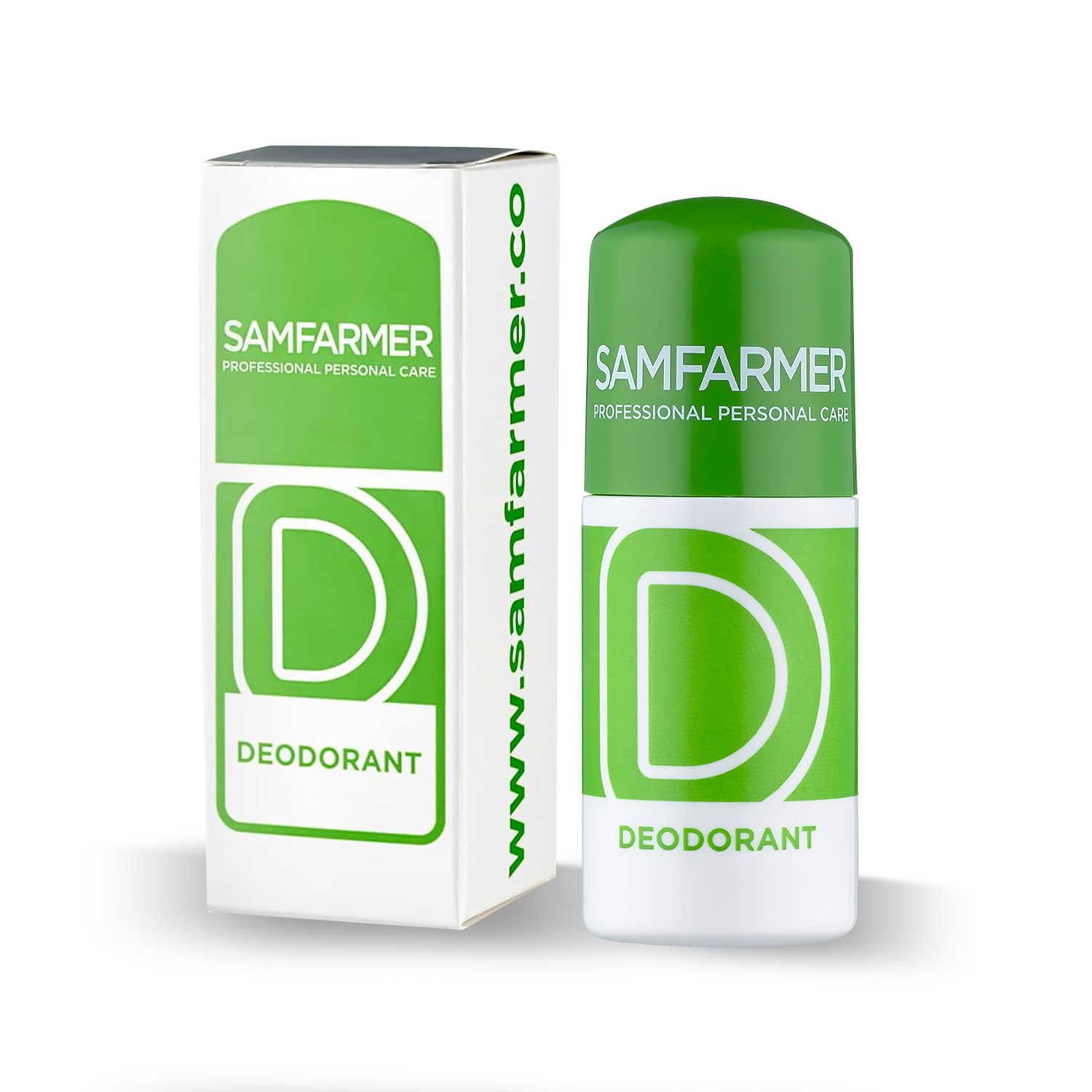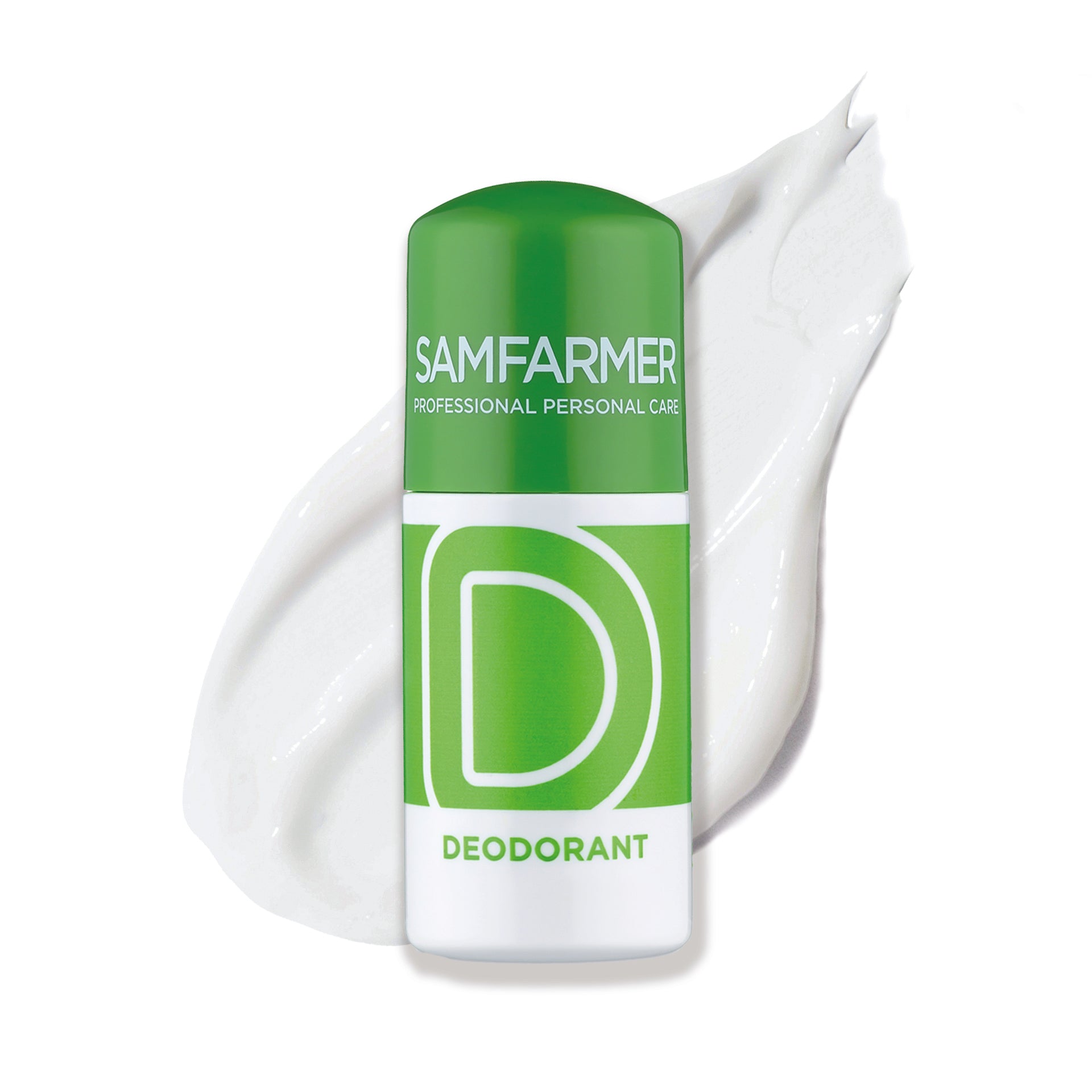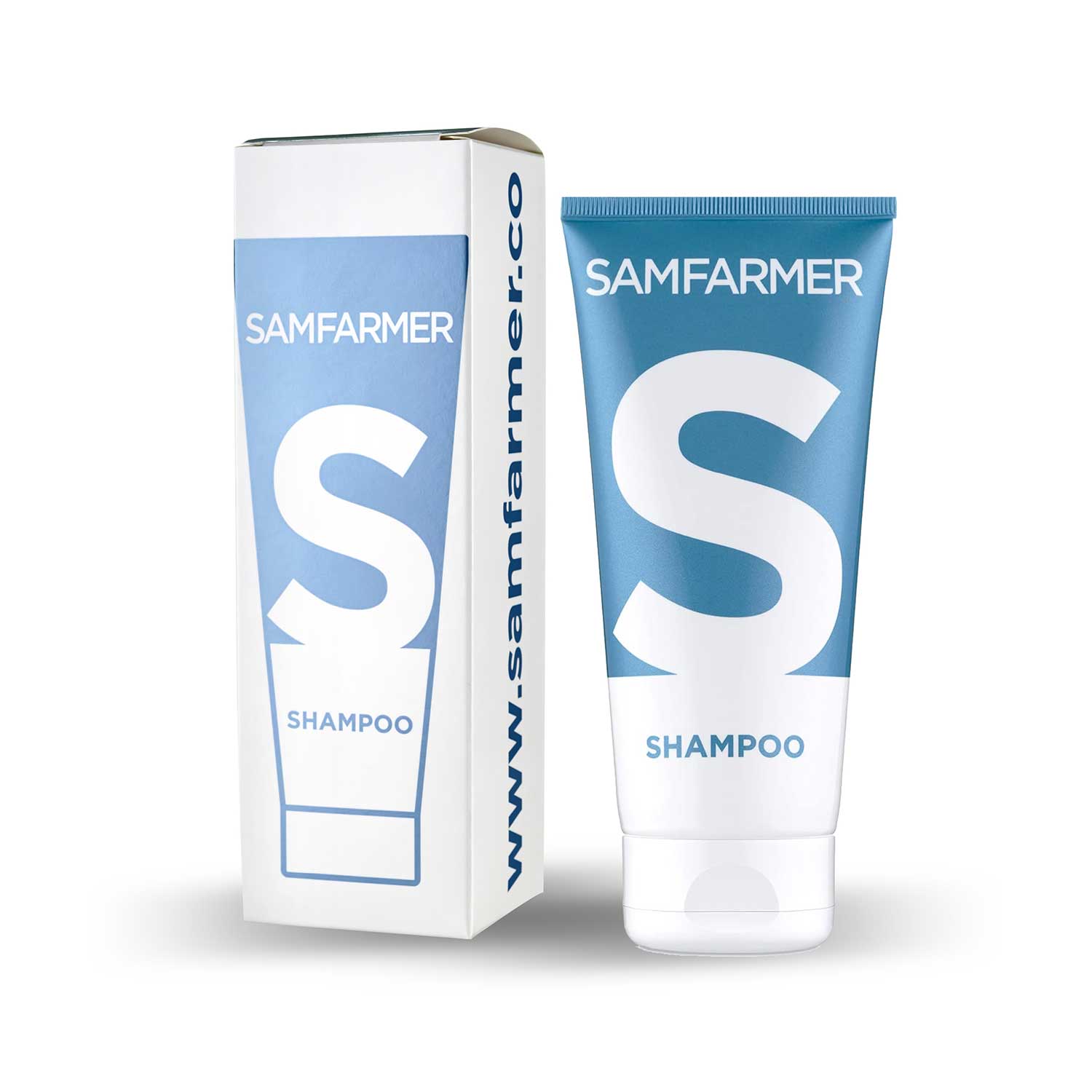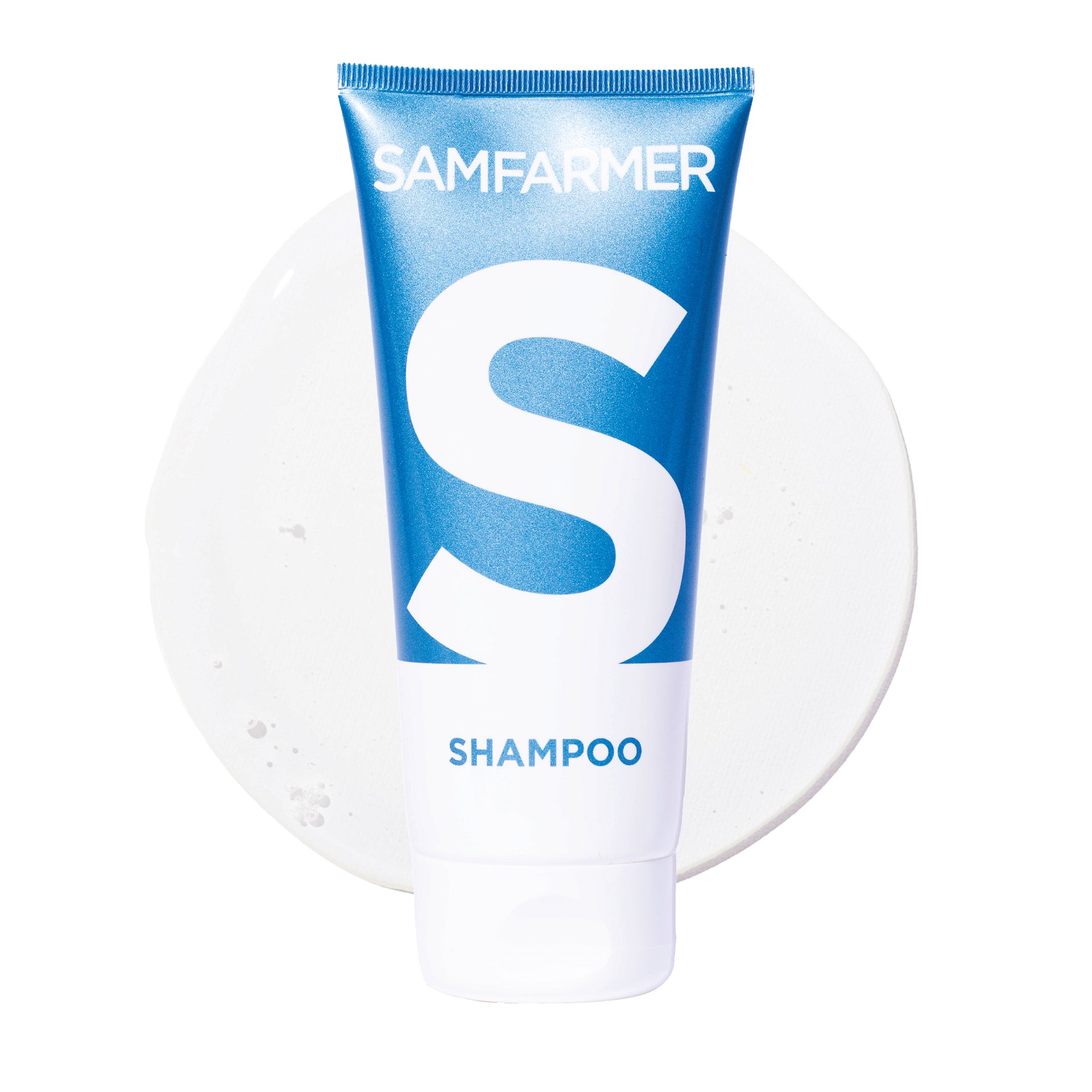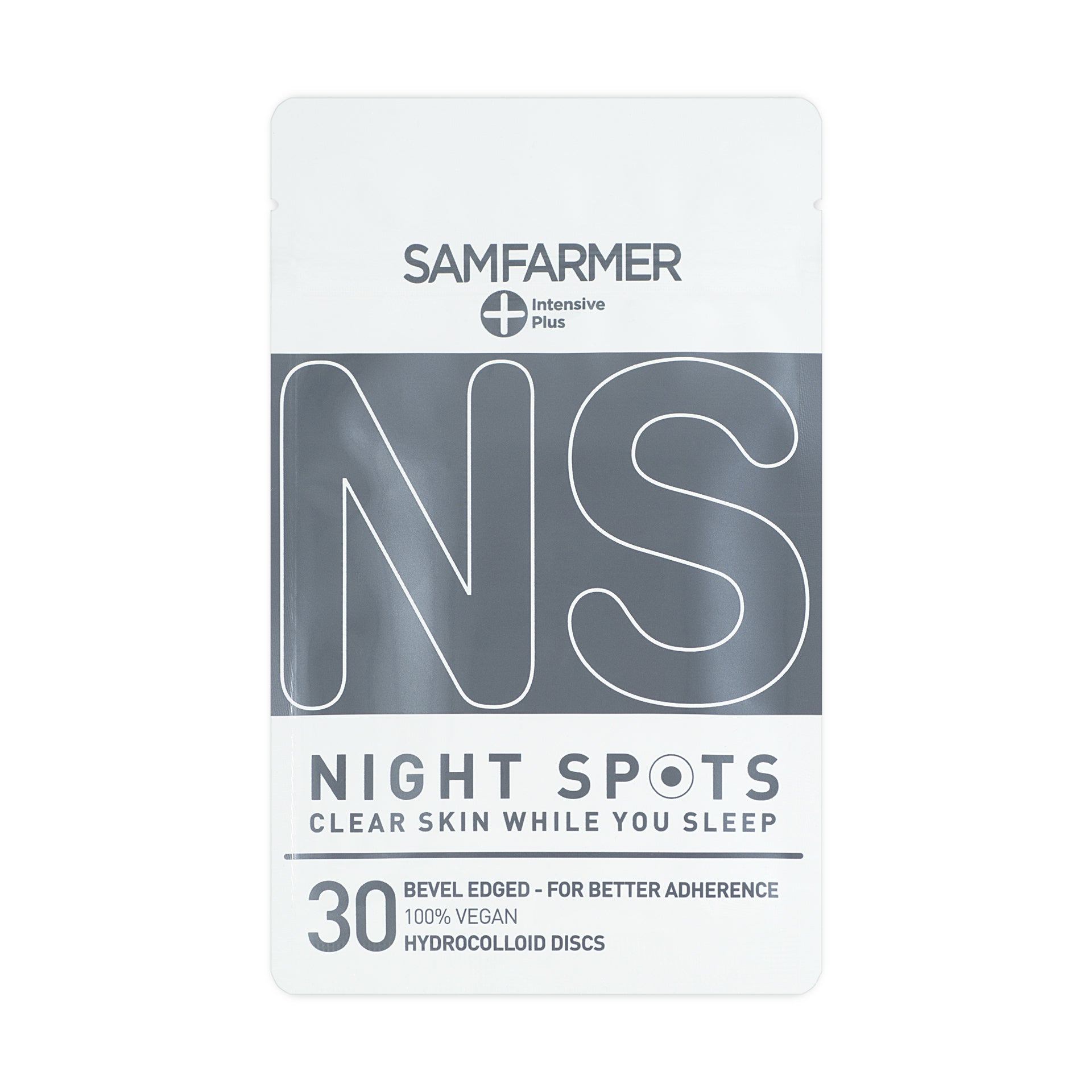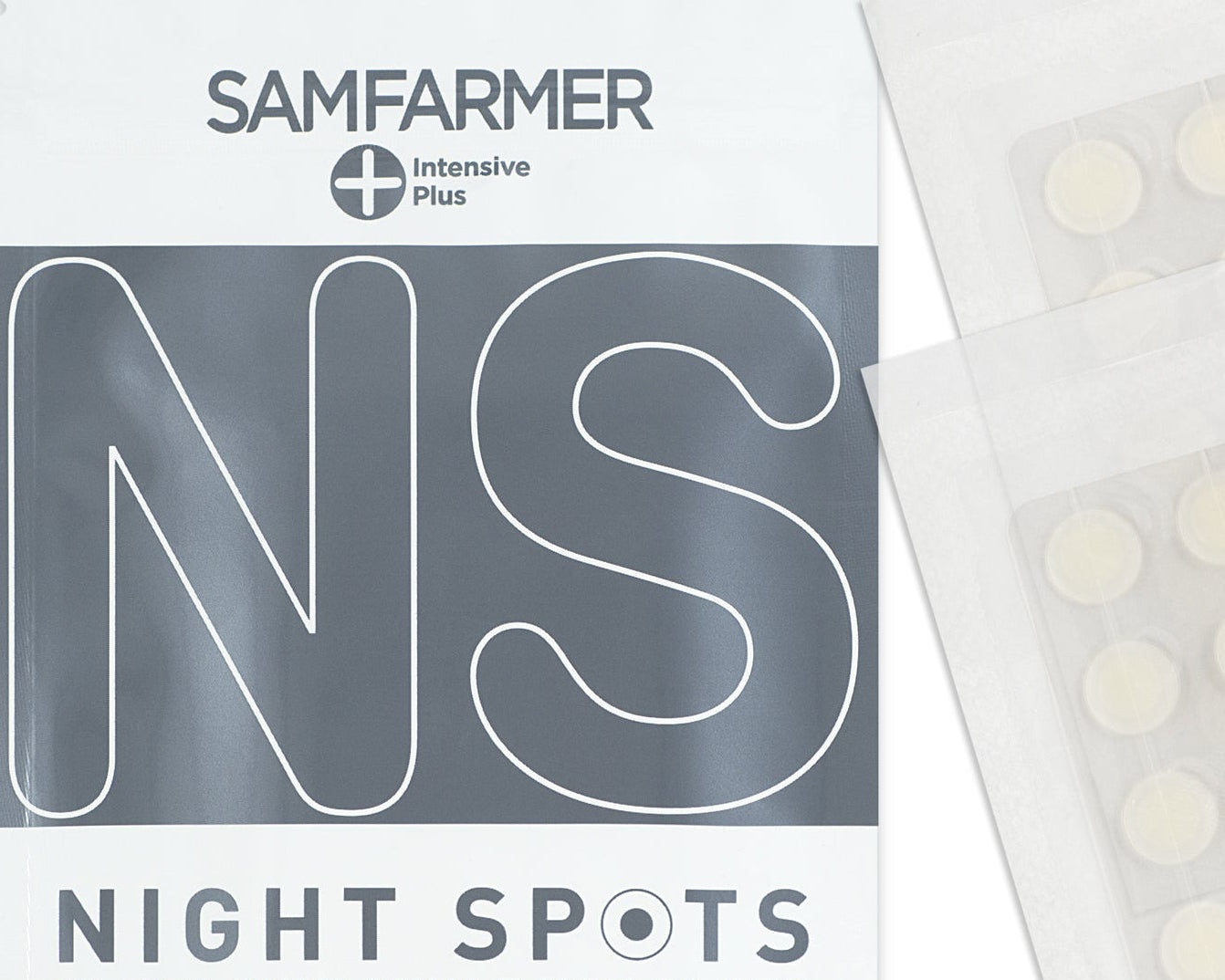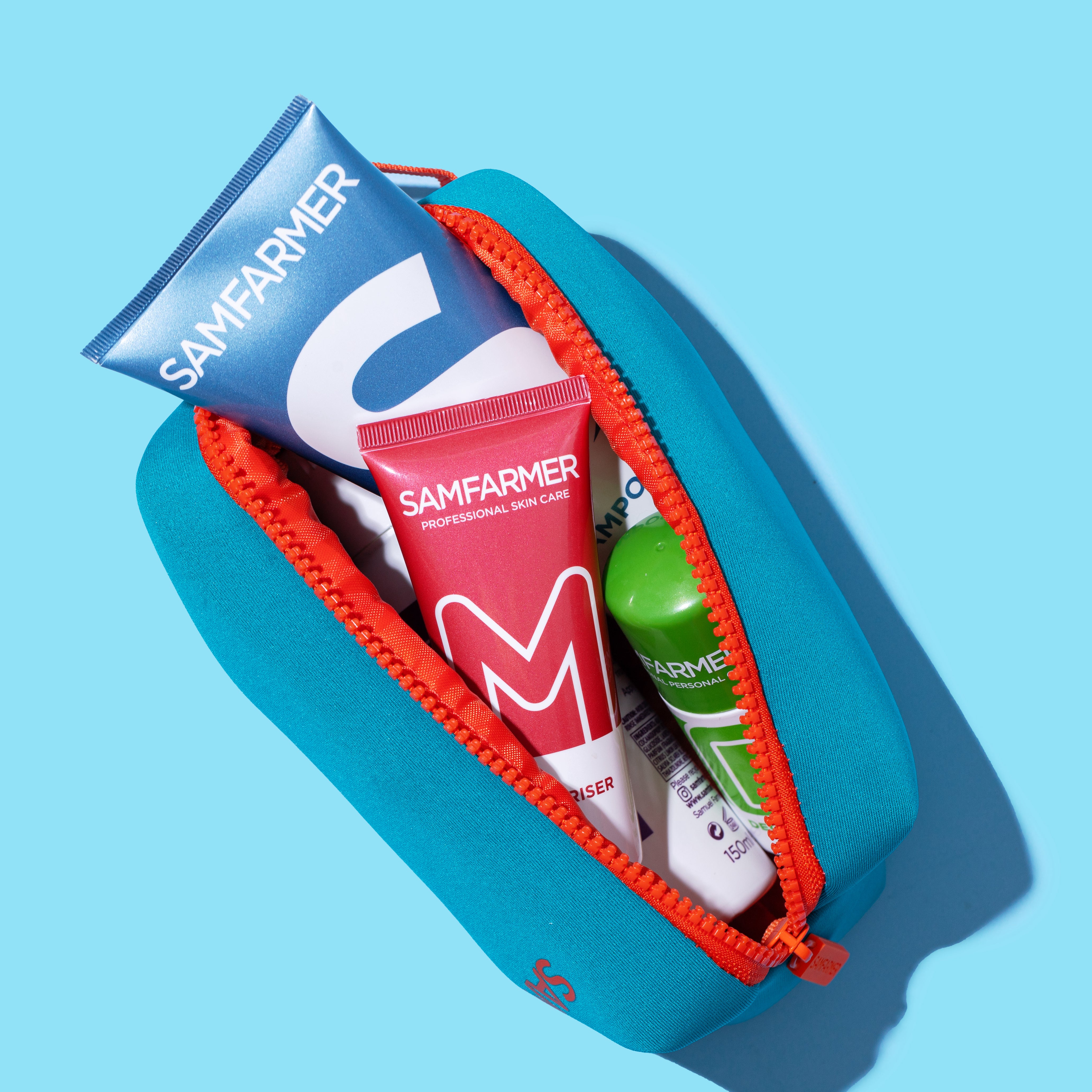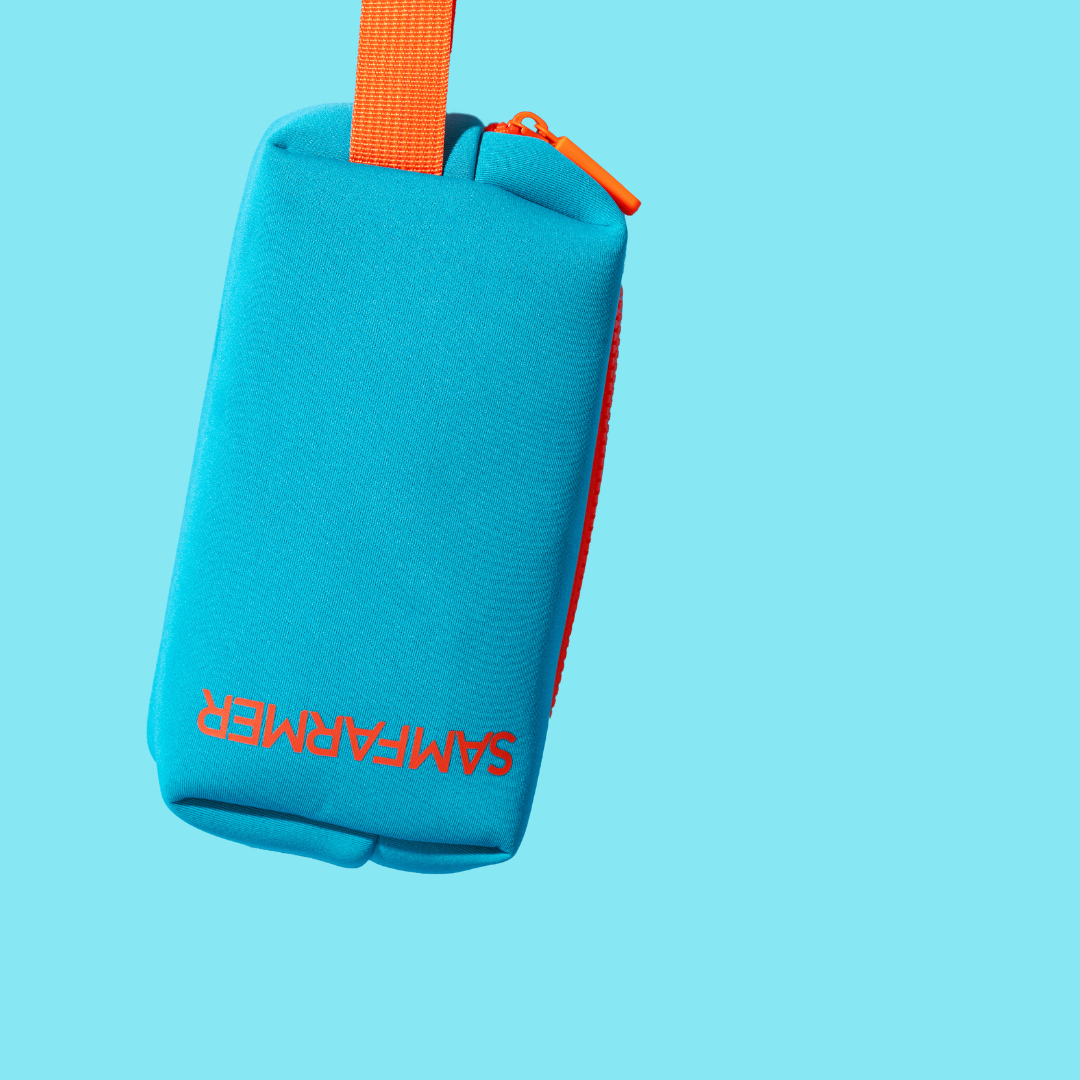What Products Should I Be Using?

When facing a wall of products in the cosmetic aisle, it's no wonder many of us feel overwhelmed. As both a cosmetic scientist and having been a father of teenagers, I've witnessed first-hand how confusing this can be.
This guide focuses on what teenage skin needs during these years of significant hormonal change.
Your skin is as unique as you are—there's no one-size-fits-all approach. What works for your friends may not work for you. However, there are evidence-based principles that apply to most teenagers navigating increased oil production, potential breakouts and changing skin texture.
The Basics:
Cleanser
- Purpose: Removes excess oil, dirt, sweat and environmental pollutants.
- Look for Ingredients like coco-glucoside and decyl glucoside that cleanse the skin gently and effectively.
- Frequency: Morning and evening, though some may only need a cleanser at night.
- Avoid: Products that leave your skin feeling tight or "squeaky clean" (this means the cleanser probably isn't right for your skin).
Moisturiser
- Purpose: Balances hydration (water levels in the skin), supports your skin barrier function and can help regulate oil production
- Look for: Lightweight, oil free formulations. Beneficial ingredients include glycerin, squalane, Aloe and Vitamin E.
- Frequency: Essential after cleansing. Occasional use during the day.
- Avoid: Heavy, occlusive oils and products with ingredients you know you have a sensitivity to.
Sunscreen
- Purpose: Provides daily protection from UV damage that causes premature aging and increases skin cancer risk.
- Look for: Broad spectrum SPF 30+ that protects against both UVA and UVB rays. - Types:
- Mineral filters (zinc oxide, titanium dioxide): May be more appropriate for sensitive skin.
- Chemical filters: Can be easier to apply
- A moisturiser with an SPF can be helpful when time is short.
- Frequency: In reality we forget to apply SPF especially in the winter months but in the summer months it's essential to wear SPF every day.
- Avoid: Beef Tallow nonsense or any brand claiming SPF is dangerous
Targeted Treatments
- For spots:
- Salicylic acid: Works deeper within the pore to remove the oil and dead skin cells
- Lactic Acid: breaks the bonds between the skin cells in the uppermost layer of the skin so they can release and shed more easily - the marketing term for this is cell turnover.
- Important rule: More isn't better. Therefore don't be tempted with higher % ages. It's often worse and can damage your skin barrier.
What to Avoid
Unsuitable for Teenage Skin
- Retinoids: Unless prescribed by a dermatologist, these can be too strong for teenage skin, causing irritation, dryness, and increased sun sensitivity.
- Anti-aging products: Formulations with peptides or collagen stimulators target concerns that aren't relevant for teenage skin.
- Heavy oils or rich creams: These formulations are designed for mature or dry skin and can overwhelm teenage skin, potentially causing more breakouts.
Unnecessary (Save Your Money)
- "Detox" products: Your liver and kidneys handle detoxification
- "Natural" doesn't mean better: All poisons come from nature.
- Hyaluronic acid – You’ll never have as much Hyaluronic Acid in your skin as you will before you’re 25 years old. Putting more on your skin is like putting a hat on a hat – completely useless.
- Hyper-Specialised products: Eye creams, neck creams and other highly specific products aren't necessary for teenage skin.
Risky or Irritating
Stay away from TikTok – These DIY ‘Hacks’ are usually from people trying to become popular by creating controversy.
- DIY skincare recipes: Lemon juice, Beef Fat (Tallow), baking soda, toothpaste on spots and other home remedies often damage your skin barrier.

Remember
- · Good skin doesn't come from following trends
- · Understand your skin's needs using science-backed products, consistently.
- · The habits you develop now will benefit you going forwards
- · Be patient with your skin, it’s care rather than criticism.
- · Trust the science, not the hype.




